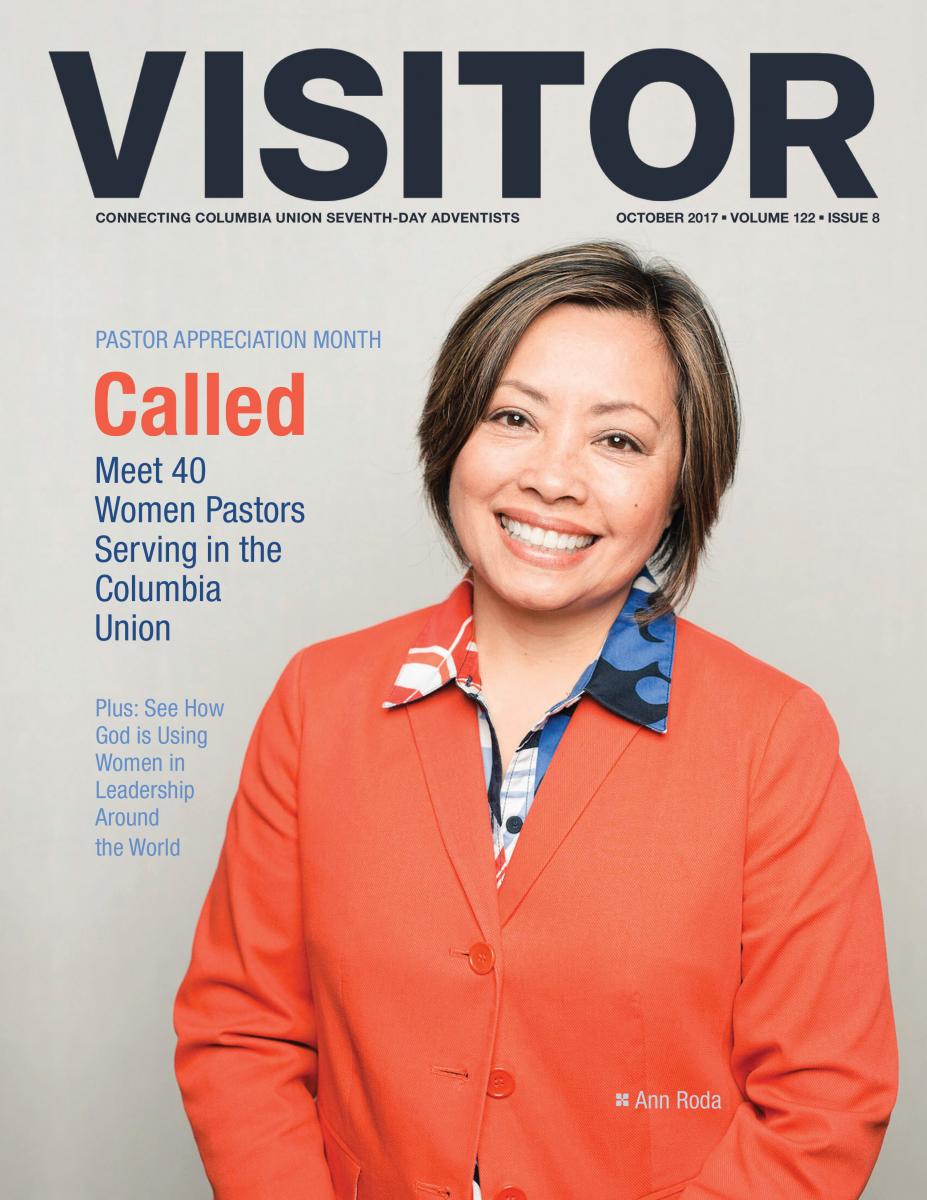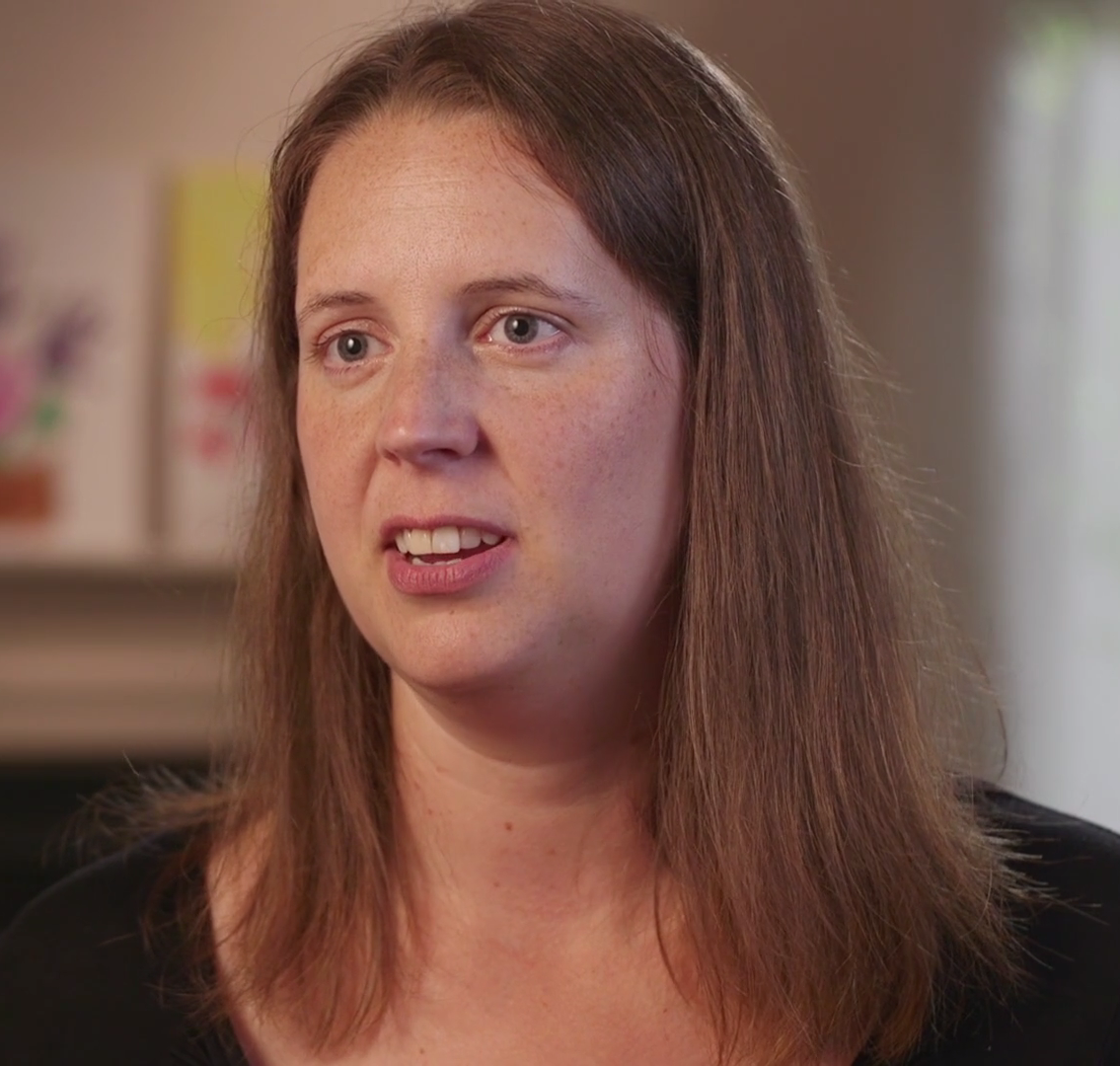Story by Tamaria L. Kulemeka
The opioid and heroin epidemic is crippling communities across the nation, leaving health officials and providers, coroners, law enforcement and churches scrambling to respond to and combat this widespread crisis.
 Bonnie Franckowiak, professor and coordinator of the Master of Science Nursing Program at Washington Adventist University in Takoma Park, Md., says, “The use of opioids in this country is staggering. It’s huge, and it’s growing all the time; we don’t seem to have a handle on it at all,” she says. “In 2012, 259 million prescriptions were written for opioids, which is enough to give every American adult their own pill box.”
Bonnie Franckowiak, professor and coordinator of the Master of Science Nursing Program at Washington Adventist University in Takoma Park, Md., says, “The use of opioids in this country is staggering. It’s huge, and it’s growing all the time; we don’t seem to have a handle on it at all,” she says. “In 2012, 259 million prescriptions were written for opioids, which is enough to give every American adult their own pill box.”




 Heather Crews
Heather Crews Read and share these stories from the October 2017 Visitor:
Read and share these stories from the October 2017 Visitor:
 Story by Visitor Staff
Story by Visitor Staff